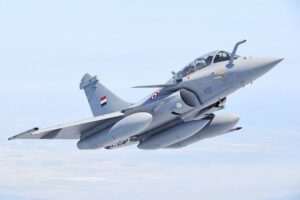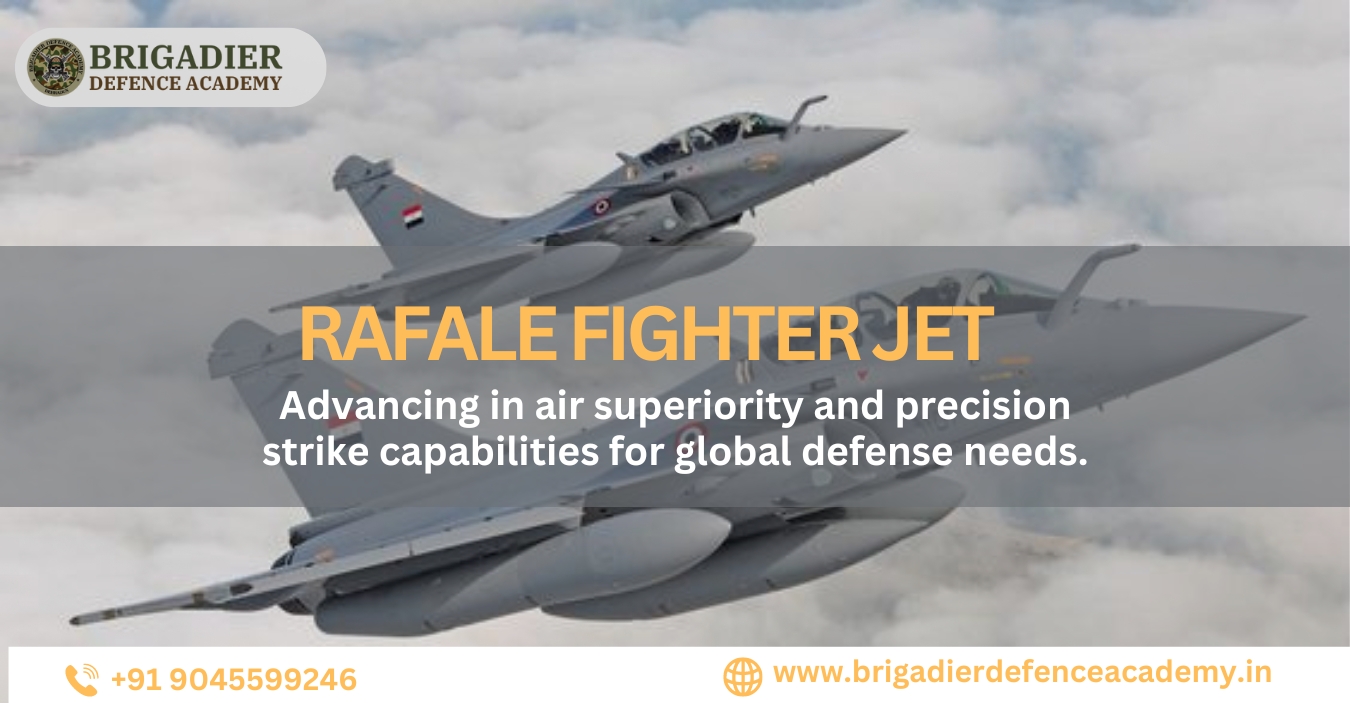- Posted on
- suraj
- No Comments
Introduction Of Rafale fighter jet
The Rafale fighter jet, developed by the French company Dassault Aviation, is a symbol of cutting-edge technology and military prowess. With its advanced features and exceptional performance, the Rafale has become a significant player in the global defense landscape. In this blog, we will explore the emotional impact and the positive and negative sentiments surrounding this remarkable aircraft, with a focus on its role as a game changer in modern warfare.
The Emotional Impact of the Rafale Fighter Jet evokes strong emotions
The Rafale fighter jet evokes strong emotions, both positive and negative, among those who witness its capabilities and those who are impacted by its deployment. From a positive perspective, the Rafale is a symbol of national pride and technological advancement. It represents the pinnacle of aerospace engineering and serves as a testament to the ingenuity and dedication of its developers. For the nations that possess the Rafale, it instills a sense of security and confidence, knowing that they have one of the most advanced fighter jets in their arsenal.
On the flip side, the Rafale can also evoke negative emotions, particularly among those who find themselves on the receiving end of its formidable power. For adversaries, the sight of a Rafale fighter jet can be a source of fear and intimidation. The aircraft’s advanced weaponry and agility make it a formidable opponent, and its presence in conflict zones can heighten tensions and escalate hostilities.
Technological Marvel Of Rafal fighter jet
The Rafale Fighter Jet: A Positive Sentiment
The Rafale fighter jet is a technological marvel that showcases the best of modern aerospace engineering. It is a multirole aircraft capable of performing a wide range of missions, including air superiority, ground attack, reconnaissance, and nuclear deterrence. Its versatility is one of its most significant advantages, making it a valuable asset for any air force.
The Rafale is equipped with state-of-the-art avionics and sensors, including the Thales RBE2-AA active electronically scanned array (AESA) radar, which provides superior situational awareness and target tracking capabilities. Its advanced electronic warfare suite, SPECTRA, enhances its survivability by detecting and countering enemy threats.
Enhanced Capabilities Of Rafale fighter jet
The Rafale’s capabilities extend beyond its advanced avionics and sensors. It is powered by two Snecma M88 engines, which provide exceptional thrust and maneuverability. This allows the Rafale to perform high-G maneuvers and engage in dogfights with ease. Its impressive range and payload capacity enable it to carry a wide array of weapons, including air-to-air missiles, air-to-ground missiles, and precision-guided bombs.
One of the standout features of the Rafale is its ability to perform carrier operations. The Rafale M variant is specifically designed for naval operations and can operate from aircraft carriers, adding to its versatility and strategic value.
National Pride and Strategic Advantage Of Rafale fighter jet
For countries that have acquired the Rafale fighter jet, it is a source of national pride and a significant strategic advantage. The acquisition of such an advanced aircraft demonstrates a commitment to maintaining a robust defense capability and positions the country as a formidable player in regional and global security.
India’s acquisition of the Rafale, for example, has been a major milestone in its defense modernization efforts. The induction of the Rafale into the Indian Air Force has bolstered its air combat capabilities and provided a much-needed edge in maintaining air superiority in the region.
The Rafale Fighter Jet: A Negative Sentiment
High Costs and Controversies
Despite its many advantages, the Rafale fighter jet is not without its drawbacks. One of the most significant negative sentiments surrounding the Rafale is its high cost. The development, acquisition, and maintenance of such an advanced aircraft require substantial financial resources. This has led to debates and controversies in countries considering or acquiring the Rafale, with concerns about affordability and budgetary constraints.
In India, the Rafale deal faced significant scrutiny and political controversy. Allegations of corruption and lack of transparency in the procurement process sparked a heated debate and led to a series of legal challenges and investigations. These controversies highlighted the complexities and challenges associated with acquiring advanced military hardware.
Escalation of Arms Race Of Rafale fighter jet
The introduction of advanced fighter jets like the Rafale into a region can also contribute to an arms race, prompting neighboring countries to enhance their own defense capabilities. This escalation of military spending and procurement can strain regional stability and divert resources from other critical areas such as education, healthcare, and infrastructure development.
In the context of South Asia, India’s acquisition of the Rafale has prompted concerns about an arms race with neighboring Pakistan and China. While the Rafale enhances India’s defense capabilities, it also compels its neighbors to seek advanced military technologies to maintain a balance of power, potentially escalating regional tensions.








